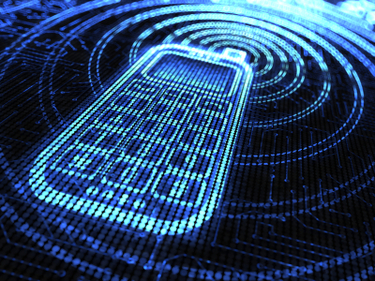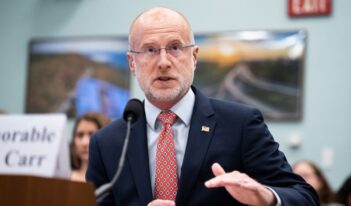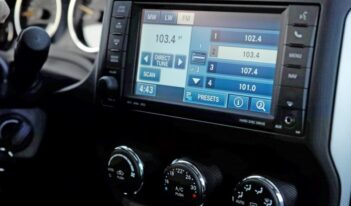
Increasing unlicensed spectrum could increase social welfare.
Demand for spectrum—the government-controlled airwaves used to transmit wireless signals—is at an all-time high. The introduction of smart phones and tablet devices has increased significantly the use of wireless data communications and, therefore, the need for spectrum.
To avoid spectrum congestion, which results from multiple parties using similar frequencies in nearby locations, the federal government, through the Federal Communications Commission (FCC), has historically licensed exclusive use of designated spectrum frequencies. However, Paul Milgrom, professor of economics at Stanford University, argues that regulators should increase the amount of unlicensed spectrum, which lacks any exclusive use license.
Milgrom argues that allowing for more unlicensed spectrum than the current allocation could increase the federal government’s revenue. Under his reasoning, the government may be reluctant to increase unlicensed spectrum because of an unwillingness to forego the revenue that spectrum license auctions can generate.
However, Milgrom posits that leaving more spectrum unlicensed would reduce the amount of available licensed spectrum, which would require private companies to use spectrum more efficiently to keep up with rising demand. As a result, the value of licensed spectrum networks would increase such that the FCC could be able to auction spectrum at a higher price.
In addition, Milgrom argues that unlicensed spectrum could contribute new economic value to society by spurring innovation. As an example, he cites the expansive growth in Wi-Fi networks, which primarily employ unlicensed spectrum frequencies, and the availability of Wi-Fi devices, such as smart phones. Milgrom notes that 800 million new Wi-Fi-capable devices are sold every year. The current availability of unlicensed spectrum could further propel innovation of Wi-Fi-enabled products and their positive social benefits.
Due to the numerous potential uses of unlicensed spectrum, Milgrom suggests the economic value that unlicensed spectrum could bring to our society is immeasurable. For instance, one possible use for unlicensed spectrum is the development of Advanced Meter Infrastructure (AMI). AMI systems would use telecommunications media to trace energy consumption, which could allow utility companies to monitor both power outages and electricity theft better. Likewise, local governments could also use unlicensed spectrum for Municipal Wireless Networks, which could provide high-speed Internet access to members and visitors of an entire community.
Milgrom concludes that as the demand for licensed spectrum grows, so too will the demand for unlicensed spectrum increase. He encourages federal regulators to set aside a sufficient amount of unlicensed spectrum available so that potential innovators would be willing to invest in more efficient spectrum use, which could increase social welfare.



